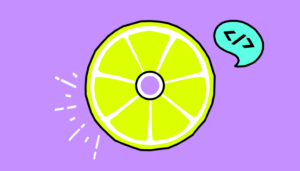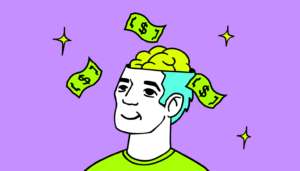SaaS software development is the process of building, deploying, and maintaining software applications that users access over the internet. Instead of buying and installing software on their own computers, users subscribe to it. This means the software is hosted in the cloud, and the provider manages everything from infrastructure to updates and security.
- Software as a Service (SaaS): A software delivery model where applications are hosted by a third-party provider and made available to customers over the internet.
- Subscription-based: Users pay a recurring fee (monthly or annually) to access the software.
- Cloud-hosted: The software and its data reside on remote servers, not on the user’s local machine.
- Provider-managed: The SaaS provider handles all technical aspects, including maintenance, updates, security, and infrastructure.
This model lets businesses use powerful tools without managing complex IT, making SaaS the dominant application delivery method. With the market predicted to exceed a trillion U.S. dollars by 2032, it’s clear that many companies now prefer to “build” rather than “buy” their applications.
I’m Aleksandr Volodarsky, and I’ve seen Lemon.io grow from $2.7 million to $10 million in 2021 by understanding the nuances of SaaS software development. This guide will help you understand the core process of building a successful SaaS product.
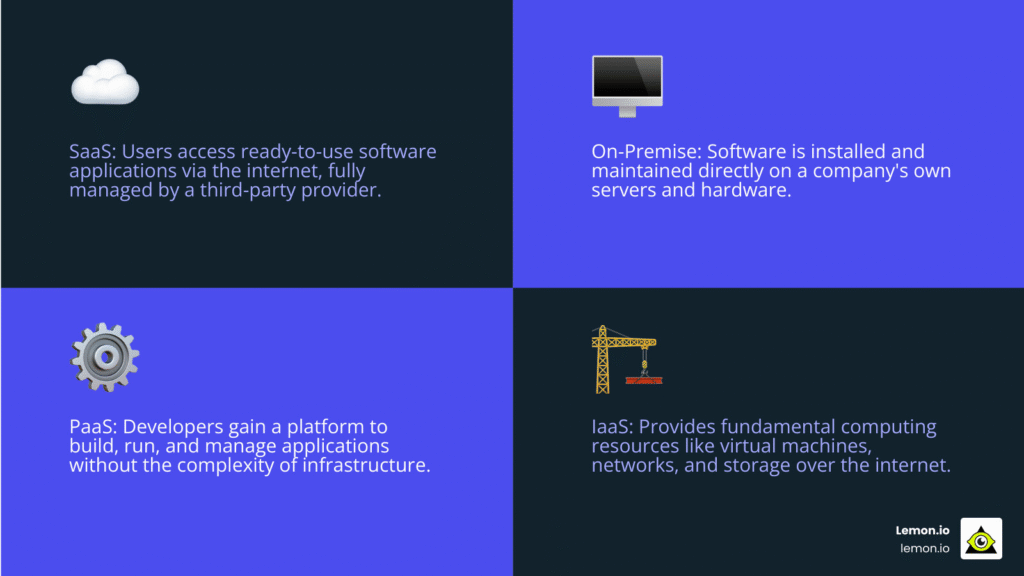
The 6-Step SaaS Software Development Lifecycle
Building a successful SaaS product requires patience and a structured approach. The SaaS software development lifecycle is a roadmap that turns a great idea into a product people use daily, with each step building a foundation for long-term success.
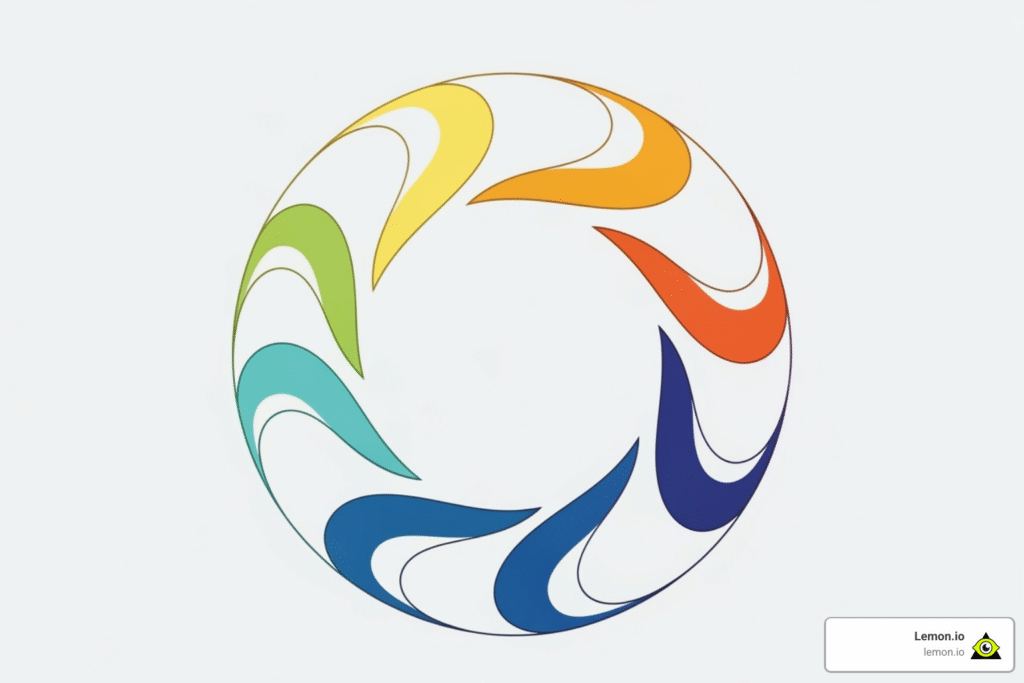
Step 1: Findy and Planning
Before writing any code, focus on the problem, not the solution. This findy phase validates the “why” behind your idea, ensuring a real market need.
First, we identify your target audience by creating user personas and conducting thorough competitor analysis. We pinpoint what existing solutions do well and, more importantly, where they fall short.
This research helps craft your unique value proposition—the key differentiator that attracts customers. We gather customer insights through surveys and interviews to validate assumptions.
We might also run a smoke test: a simple landing page for your MVP idea to gauge interest through sign-ups. This early validation helps avoid building a product nobody wants, a fate for many SaaS startups.
Step 2: UI/UX Design and Prototyping
Next, we bring your idea to life visually. In SaaS, user experience is paramount; if a product isn’t intuitive, users will leave.
We begin with wireframes, the basic structural blueprints of your app. These evolve into high-fidelity prototypes that look and feel like the final product.
User journey mapping allows us to trace every user step, from sign-up to task completion, identifying potential friction points early. We use UX testing tools to validate designs with real users, relying on data, not assumptions.
Given that mobile browsing surpasses desktop usage, we adopt a mobile-first design approach. This ensures your app is seamless on any device, from a laptop at work to a phone at lunch.
Step 3: Development and Coding
This is where designs become a working application. We use the Agile methodology for its flexibility, allowing us to adapt quickly to feedback—like building with LEGOs instead of concrete.
Our team includes specialists for frontend development (what users see and interact with), using frameworks like React or Vue, and backend development (server logic, databases, APIs) to ensure smooth functionality.
Agile development in the cloud is particularly effective, enabling rapid updates and resource scaling. Common backend languages like Python, Node.js, and Java are used, with JavaScript powering the frontend. You can find more on what programming languages are commonly used in SaaS development.
Crucial API development allows your SaaS to integrate with other tools your customers use, acting as translators between different software systems.
Step 4: Rigorous Testing
Testing is integrated throughout development, not left for the end. We catch problems early when they’re cheap and easy to fix, long before users encounter them.
- Unit testing checks individual code components.
- Integration testing ensures different parts of the application, including API integrations, work together.
- Load testing simulates high user traffic to prevent crashes during peak usage.
- Security testing is non-negotiable, hunting for vulnerabilities to protect user data.
- Compatibility testing ensures your app works across different browsers, devices, and operating systems.
This comprehensive approach delivers a reliable, secure, and functional product, acting as a safety net that catches issues before they impact users.
Step 5: Deployment and Launch
With a thoroughly tested application, it’s time for deployment. We use scalable and reliable cloud platforms like AWS, Azure, or Google Cloud.
A CI/CD pipeline automates the build, test, and deployment process, allowing for safe and rapid updates. However, deployment is only half the battle. We also create a comprehensive go-to-market strategy covering marketing, sales, and customer acquisition.
User onboarding is critical, as the first few minutes can determine whether a user stays or leaves. Post-launch, we use monitoring to track server performance and user behavior, providing data for future improvements.
Step 6: Maintenance and Scaling
Launching your SaaS isn’t the finish line; it’s the starting block. The real work of listening, learning, and evolving begins now.
We establish a strong user feedback loop via surveys, support tickets, and in-app tools. This stream of insights guides our priorities. Bug fixes are addressed promptly to maintain user trust.
Data-driven feature updates keep the product competitive, while performance monitoring ensures the app remains fast as the user base grows. As you succeed, you must scale effectively. How to scale SaaS applications involves both technical scaling (servers, databases) and operational scaling (processes, team expansion).
This cycle of continuous improvement is what separates successful SaaS products from those that stagnate after launch.
Key Architectural and Strategic Decisions for SaaS Software Development
Beyond the development process, building a successful SaaS product requires smart, foundational decisions. These early strategic choices in your SaaS software development journey impact long-term scalability, security, and profitability, defining your product’s future.

Selecting the Right Architecture
A fundamental decision in SaaS software development is choosing between multi-tenant and single-tenant architecture. Think of it as an apartment building versus a detached house.
A multi-tenant architecture, the most common SaaS model, has multiple customers (tenants) sharing the same infrastructure. Like an apartment building, everyone shares the structure but has a private unit. This model offers significant benefits like resource pooling for cost savings, faster deployment of updates from a single codebase, and rapid scaling for growth.
Conversely, a single-tenant architecture provides each customer with a dedicated software instance and infrastructure, like a private house. This ensures top-tier data security and isolation and allows for greater customization. However, this approach comes with higher costs and more complex management. Your choice depends on your target market’s security and customization needs. It’s also helpful to understand how SaaS differs from PaaS, as SaaS often builds upon a PaaS foundation.
Choosing a Monetization Strategy
A smart monetization strategy is the lifeblood of a SaaS business, ensuring the recurring revenue needed for growth and product investment. Common models include:
- Freemium: Offers a free basic version to attract users, with paid upgrades for advanced features. The challenge is converting free users to paying customers.
- Subscription-based: This popular model includes tiered pricing (e.g., Basic, Pro) with different feature sets, or per-user pricing, which scales simply with the number of users.
- Usage-based: Customers pay for what they consume, such as data storage or API calls, directly aligning cost with value.
- Flat-rate: A single price for all features. It’s simple but may not suit all customer segments.
The best model depends on your product, audience, and competitive landscape. Testing different approaches is often recommended to find the optimal strategy.
Building Your Technology Stack
Your technology stack—the collection of languages, frameworks, and tools—is the engine of your SaaS app. This choice impacts architecture, scalability, and long-term maintenance.
For the frontend (user-facing parts), popular choices like React, Vue, and Angular create dynamic interfaces. For the backend (server-side logic), languages like Python, Node.js, and Java are common. For example, you can make a SaaS with Python due to its versatility, while Node.js excels in real-time applications.
For data storage, databases like PostgreSQL and MongoDB offer flexibility and scalability. Choosing a cloud service provider like AWS, Microsoft Azure, or Google Cloud Platform is also critical. We prioritize proven technologies with strong community support to ensure stability and long-term success in SaaS software development.
Navigating Security and Compliance
In SaaS software development, security and compliance are non-negotiable. Handling sensitive customer data requires robust protective measures.
Data encryption is essential, both for data at rest (stored) and in transit (moving). Access control, following the “principle of least privilege,” ensures users only access necessary resources.
We conduct regular audits, including compliance audits, to find and fix vulnerabilities. Adherence to regulations like GDPR or HIPAA is often required, depending on your market. Incorporating a Software Bill of Materials (SBOM), which you can learn about here: Materials, adds transparency and helps manage security risks. These measures, along with best practices for securing an SaaS platform, build user trust and protect your business.
The Future of SaaS: Trends to Watch
The SaaS landscape never stands still, and that’s what makes SaaS software development so exciting. As someone who’s watched countless trends come and go, I can tell you that staying ahead means understanding where the industry is heading next. Let’s explore the game-changing trends that are reshaping how we build and deliver software.
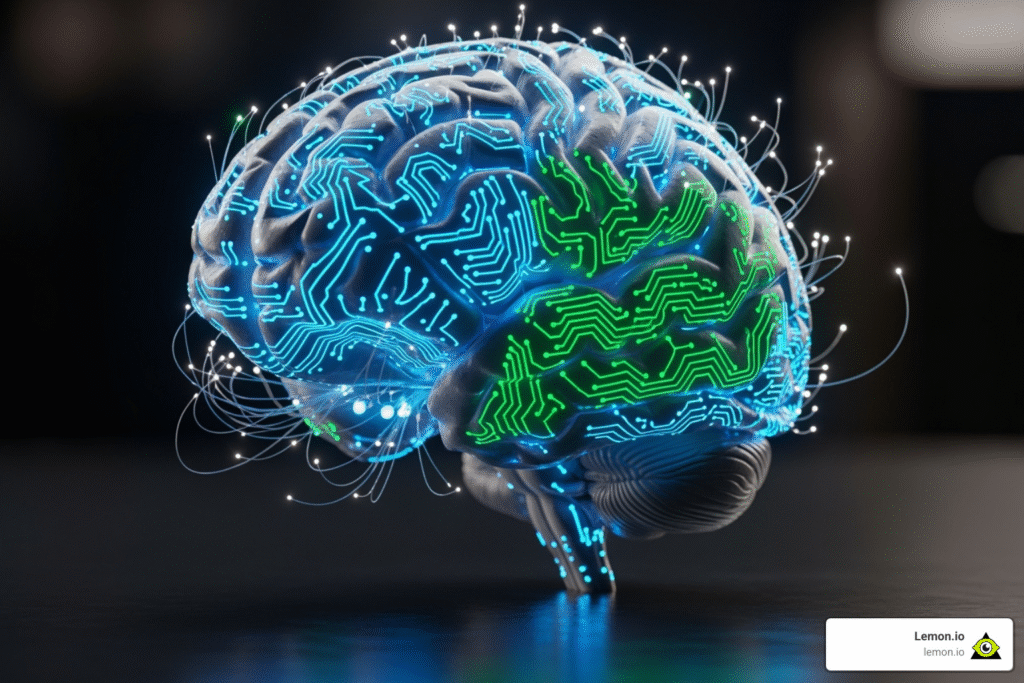
The Rise of AI-Powered SaaS
Artificial Intelligence is no longer a future concept for SaaS; it’s here, changing software into intelligent, adaptive tools.
AI enables deep personalization, analyzing user behavior to create custom-made experiences with custom recommendations and layouts. Predictive analytics helps businesses anticipate customer churn, future feature demand, and potential system failures.
Automation is also revolutionizing work. AI-powered chatbots provide 24/7 support, and routine tasks like data entry are handled automatically, freeing up teams for more strategic work.
Finally, Natural Language Processing (NLP) makes software more human, allowing users to interact via voice commands or everyday language. The result is a more intuitive and improved user experience.
Vertical SaaS and Micro-SaaS
While broad, horizontal SaaS solutions remain relevant, the real excitement is in specialized markets. It’s the difference between a general store and a boutique: sometimes you need a specific tool for a specific job.
Vertical SaaS focuses on industry-specific solutions that understand the unique challenges of sectors like construction, healthcare, or finance. This deeper functionality creates stronger customer bonds because the software truly speaks their language, resulting in higher customer loyalty.
Micro-SaaS takes specialization further by targeting niche markets with laser precision. These small, focused apps solve very specific problems, like helping podcast editors remove background noise. They are often quick to build and integrate seamlessly with larger platforms.
The Impact of Low-Code and No-Code
Low-code and no-code platforms are democratizing SaaS software development, empowering non-coders to build applications.
Faster development cycles are possible as drag-and-drop interfaces and pre-built components allow teams to launch in weeks instead of months. This rise of citizen developers is changing business operations. Marketing, HR, and sales teams can build their own custom tools, reducing reliance on IT departments and fostering faster innovation.
This increased business agility allows companies to adapt quickly to market changes and test new ideas without huge investments.
This shift supports a fascinating trend. By 2020, 75 percent of application purchases supporting digital business will be “build,” and not “buy.” Low-code and no-code platforms make this “build” approach accessible to businesses of all sizes, changing how we think about software creation.
The future of SaaS isn’t just about better technology—it’s about making that technology more accessible, more intelligent, and more precisely custom to what people actually need. And that’s a future worth building toward.
Frequently Asked Questions about SaaS Development
When we talk to entrepreneurs and business leaders about SaaS software development, the same questions keep coming up. It’s completely understandable – building a SaaS product is a significant investment, and you want to know what you’re getting into. Let me share some honest answers to the questions we hear most often.
How much does it cost to build a SaaS application?
The cost of building a SaaS application varies widely, much like the cost of a car—it depends on complexity and features.
An MVP (Minimum Viable Product) typically costs $25,000 to $100,000. This provides the core functionality needed to test your idea with real users and gather feedback.
A full-featured product with advanced security, complex integrations, and enterprise-level user management will likely cost $100,000 to $250,000 or more.
Key cost factors include application complexity, team size and location, and the chosen tech stack. More complex apps or specialized technologies increase the cost.
Don’t forget ongoing maintenance costs, which typically run 15-30% of the initial development cost annually. This covers hosting, bug fixes, security, and feature updates, ensuring the product runs smoothly long-term.
What are the biggest challenges in SaaS development?
SaaS software development has its challenges, and underestimating them can cause even brilliant ideas to fail.
Data security is a top concern. Handling sensitive information means there’s no room for error, and compliance with regulations like GDPR and HIPAA adds complexity. A single breach can destroy user trust.
Scalability and performance are another major hurdle. An application must perform well not just with 100 users, but with 100,000. A system that can’t handle success is doomed to fail.
Third-party integrations are crucial. Modern tools must work together seamlessly, which requires robust API integrations that need constant monitoring.
Finally, customer churn is the silent killer of SaaS businesses. In a subscription model, retaining customers is essential for survival. High churn can quickly sink a profitable venture.
These challenges are manageable with the right team and approach. For more insights, see what are the key challenges in developing SaaS applications?
What is the difference between SaaS and cloud computing?
The terms SaaS and cloud computing are often used interchangeably, but they represent different concepts.
Think of cloud computing as the entire ecosystem, which includes Infrastructure as a Service (IaaS), Platform as a Service (PaaS), and Software as a Service (SaaS). It’s the foundational infrastructure that powers our digital world.
SaaS is one piece of that puzzle—the actual software application that end-users interact with. If cloud computing is the electrical grid, SaaS is a service like Netflix that runs on that grid.
Here’s a simple analogy: Cloud computing is the internet highway system, and SaaS is a specific website (say, Netflix) that you visit using that highway. Your users don’t need to worry about servers and databases to use your SaaS application, just as you don’t need to understand how the internet works to watch a show.
SaaS leverages all the benefits of cloud computing—scalability, reliability, and global accessibility—without requiring users to manage any underlying complexity.
For a deeper dive, I’d recommend reading what is the difference between SaaS and Cloud Computing?
Conclusion
We’ve journeyed through the essentials of SaaS software development, from the six-step lifecycle to key architectural decisions and future trends. Success hinges on meticulous planning, user-centric design, rigorous testing, and continuous improvement. Strategic choices in architecture, monetization, and technology, combined with robust security, create a product users can trust.
The future is bright, with the SaaS market projected to exceed one trillion dollars by 2032. Trends like AI-powered features and vertical SaaS present immense opportunities.
However, a great idea is only the beginning. Building a successful SaaS product requires skilled and experienced engineers who can steer cloud architecture, implement robust security, and build scalable solutions. You need a team that understands the nuances of this competitive landscape.
That’s why Lemon.io exists. We connect you with the top 1% of rigorously vetted engineers who specialize in SaaS software development. Our manual vetting process and month-to-month flexibility ensure you get the right talent to turn your vision into a reality.
Ready to transform your SaaS idea into a thriving business? Find out how to hire SaaS developers who can deliver the technical excellence your project deserves. Your success story starts with the right team.

